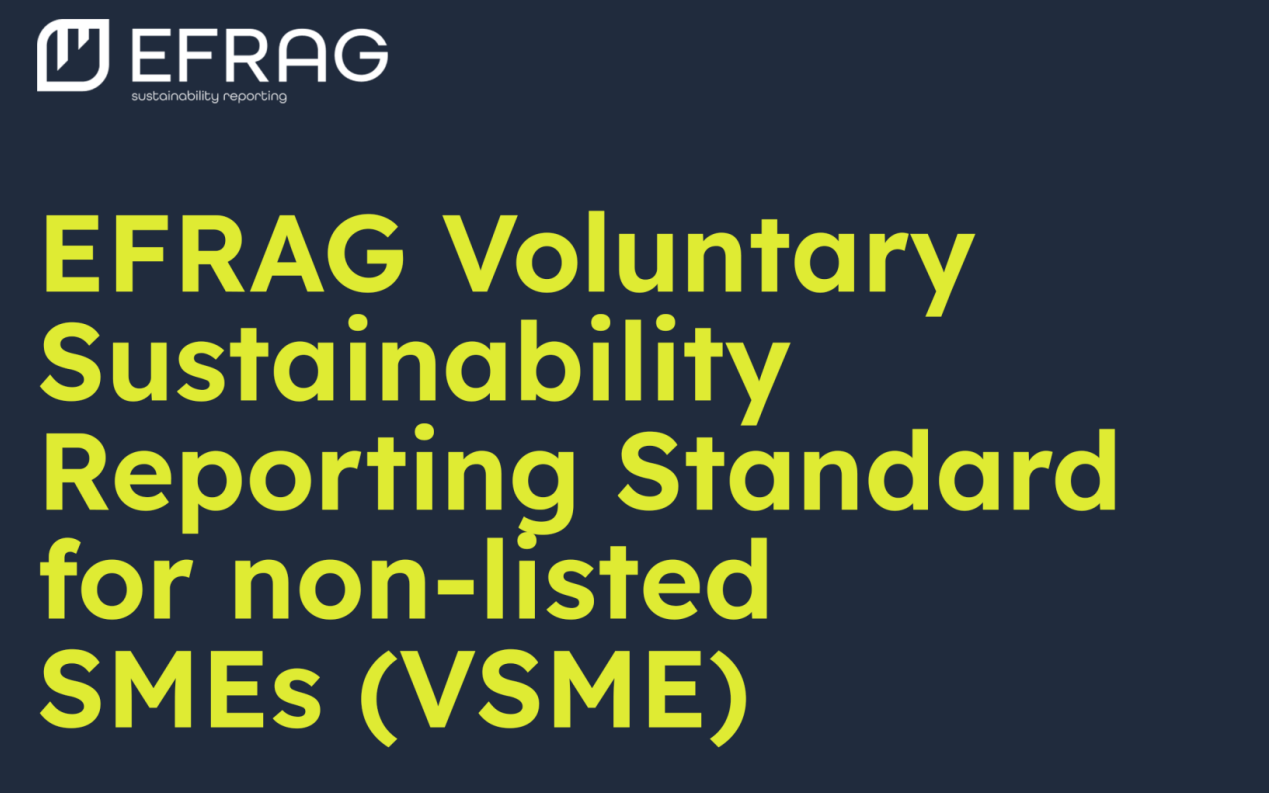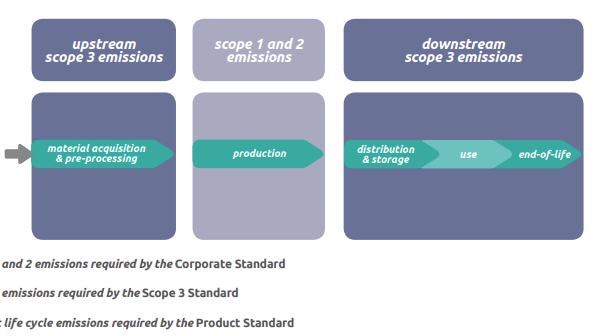Scope 3 Emissions Guide
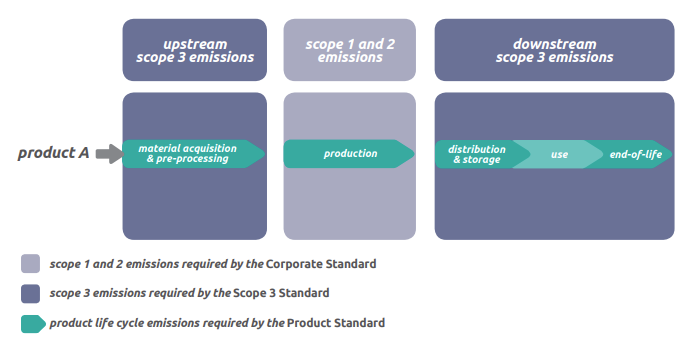
Relationship between a scope 3 GHG inventory and a product GHG inventory (for a company manufacturing Product A). Source: GHG Protocol: Corporate Value Chain (Scope 3) Accounting and Reporting Standard
What are Scope 3 Emissions?
In the GHG Protocol, emissions are categorized into two types (direct vs. indirect) and three scopes (Scope 1, Scope 2, and Scope 3). Indirect emissions fall under Scope 2 and Scope 3. Scope 2 refers to emissions from purchased energy, while Scope 3 covers emissions from upstream and downstream activities.
Unlike Scope 1 and Scope 2 emissions, which are directly associated with a company’s operations, Scope 3 emissions provide a broader perspective on all greenhouse gases produced in value chain activities that are beyond the company’s control. Therefore, Scope 3 can be considered the most challenging accounting topic for every company in their journey toward sustainability.
The GHG Protocol divides Scope 3 emissions into two main groups: upstream and downstream emissions, which consist of 8 and 7 sub-categories, respectively.
It is important to note that not all 15 categories will be relevant for every company. However, it is critical to understand them thoroughly to identify applicable categories for suitable climate accounting and to implement effective reduction strategies.
Upstream Emissions
Upstream emissions refer to all Cradle-to-Gate emissions generated from purchasing or acquiring goods (tangible products) and services (intangible products).
Category 1: Purchased Goods and Services
This category includes all emissions not otherwise classified in categories 2–8.
Category 2: Capital Goods
This category focuses on emissions from the company’s purchased or acquired capital goods. Capital goods are physical assets with an extended life that a company uses to produce goods and services for consumers. These include fixed assets such as buildings, machinery, equipment, vehicles, and tools.
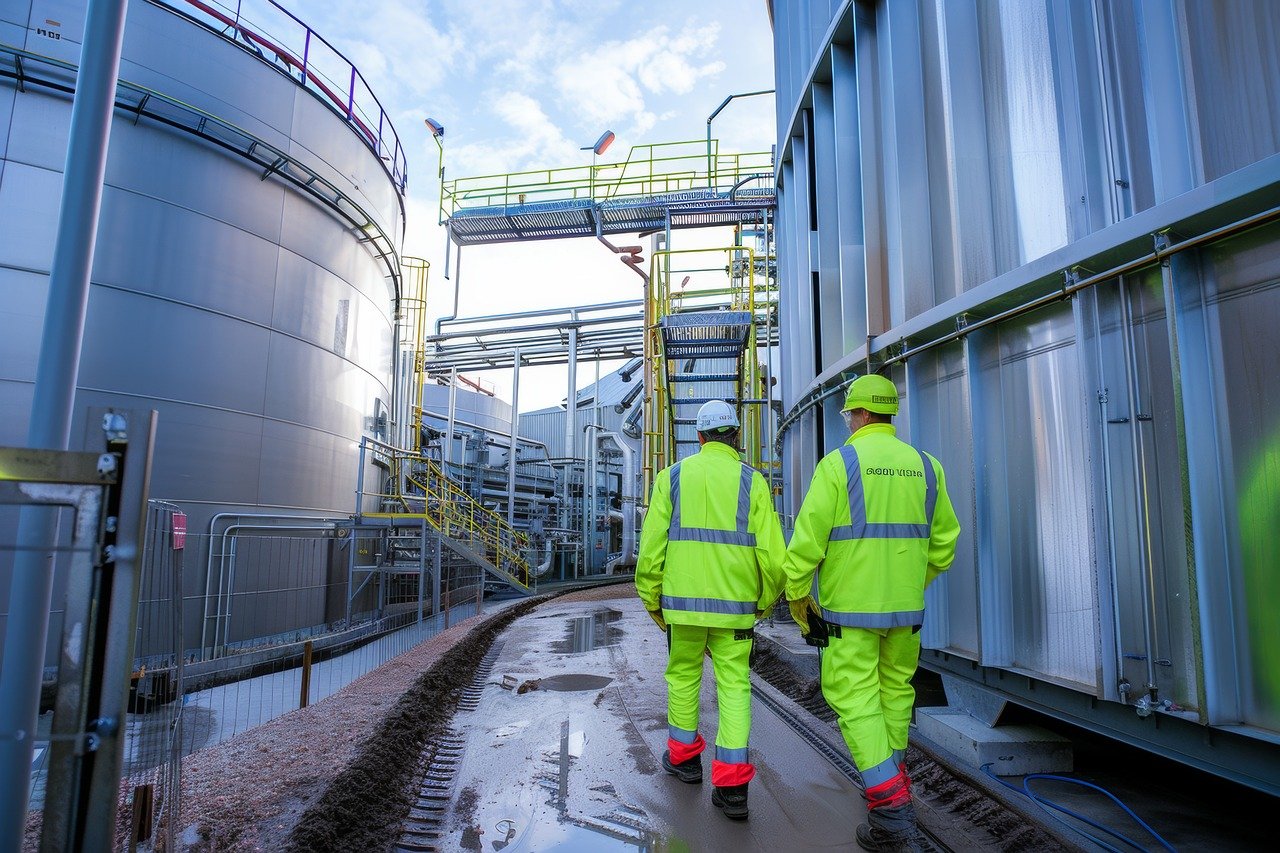
Category 3: Fuel and Energy-Related Activities
This category encompasses any upstream emissions from purchased or acquired fuels and energy not already included in Scope 1 and Scope 2. This also extends to the energy and electricity lost during the transmission and distribution (T&D) process, as well as the generation of electricity that is bought and then resold to customers (which is only reported by utility companies or energy retailers).
Category 4: Transportation and Distribution (Upstream)
This category includes emissions from the transportation and distribution of products (excluding fuel and energy products) that the company purchases (but does not own or operate) from their tier 1 suppliers.
Category 5: Waste Generated in Operations
Emissions from third-party disposal and treatment of waste produced by the company’s operations are counted in this category.
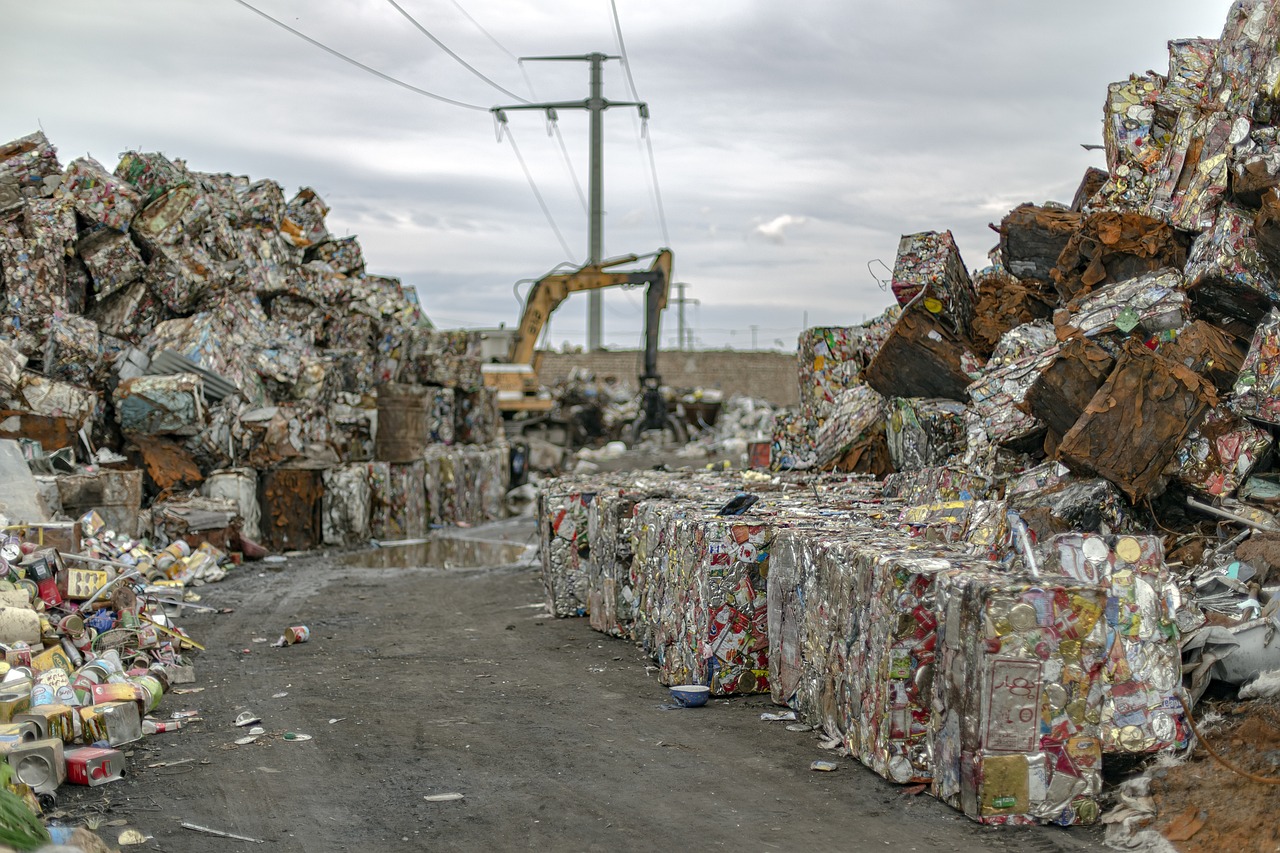
Category 6: Business Travel
All emissions resulting from employees’ business-related activities and travel—whether by air, sea, or road—are included in this category.
Category 7: Employee Commuting
Employees’ regular commuting between their homes and the workplace also generates emissions, which should be accounted for here.
Category 8: Leased Assets
This category covers emissions from the use of assets (such as buildings, vehicles, or equipment) that the company rents and operates but does not own. These emissions are separate and are not included in the company’s Scope 1 (direct emissions) or Scope 2 (emissions from purchased energy) inventories.
Downstream Emissions:
Downstream emissions refer to indirect greenhouse gas emissions in a company’s value chain associated with its sold goods and services, which occur after the products leave the company’s ownership or control.
Category 9: Transportation and Distribution
This category includes emissions from the transportation and distribution of products sold by the company to end customers through business partners such as logistics entities, retailers, and storage facilities/warehouses.
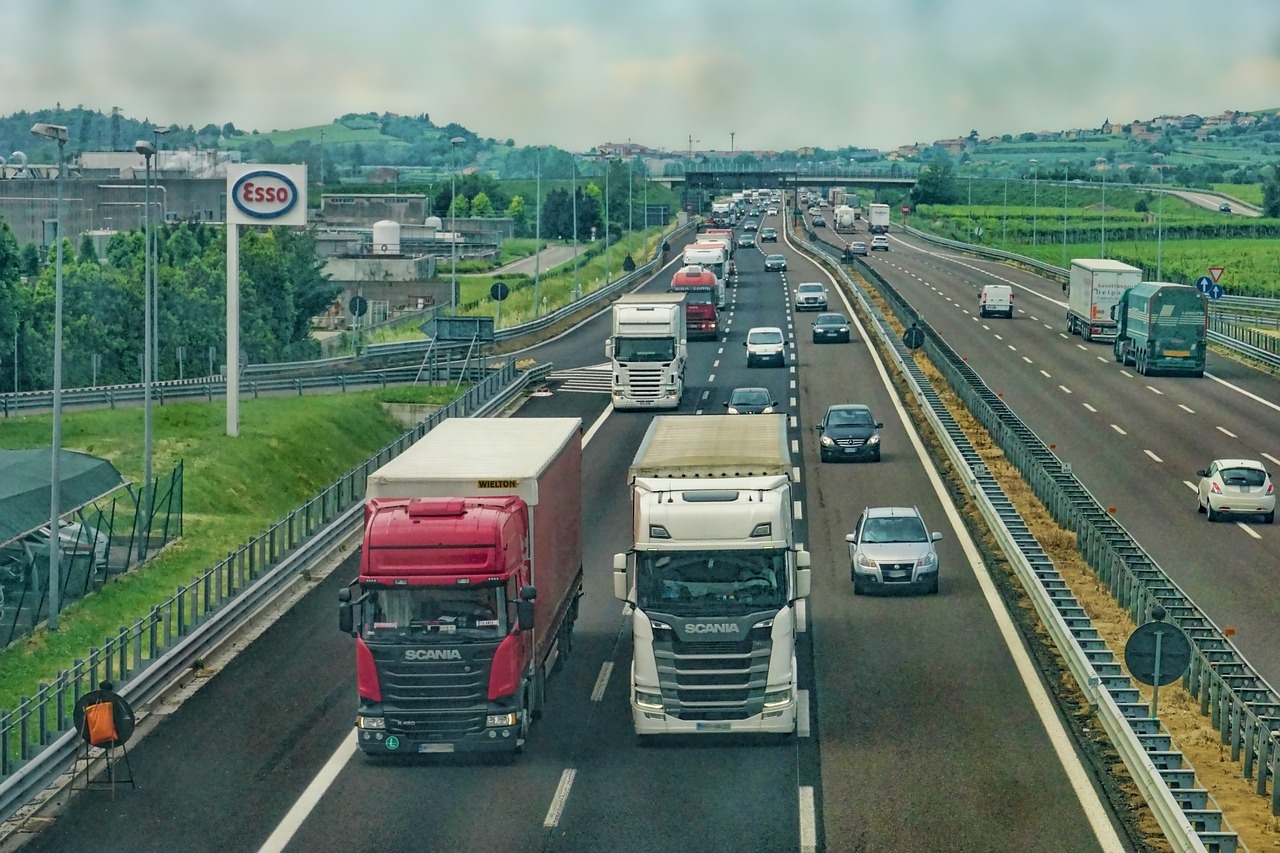
Category 10: Processing of Sold Products
If the company sells intermediate products that require further processing, transformation, or incorporation into another product before they are usable for end consumers, the emissions from this intermediate phase are counted in Category 10.
Category 11: Use of Sold Products
This category refers to emissions from fuel or electricity consumed by the final products during their use, as well as any emissions the products release during use.
Category 12: End-of-Life Treatment of Sold Products
This category covers emissions resulting from the disposal and treatment of the company’s sold products at the end of their lifecycle.
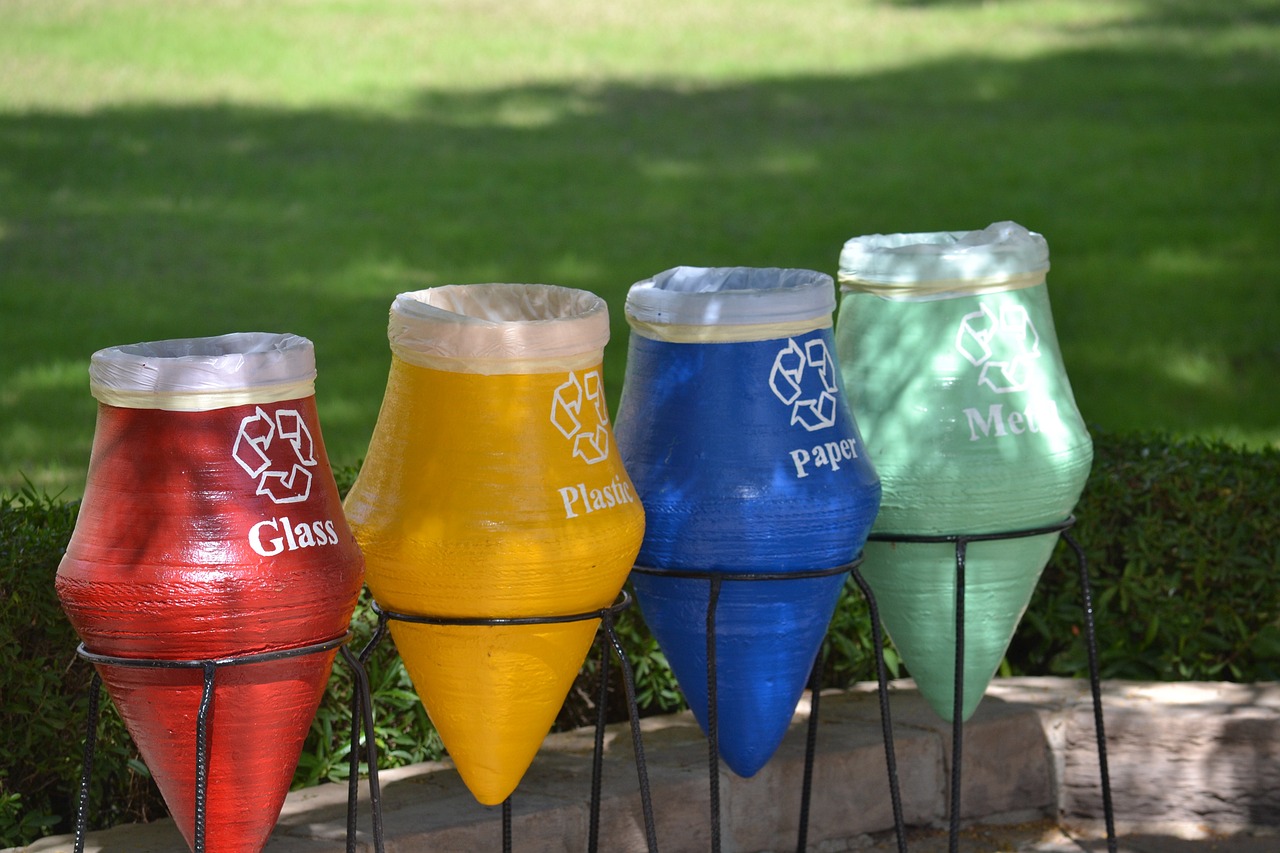
Category 13: Leased Assets
This category includes emissions from the use of assets (such as buildings, vehicles, or equipment) that the company owns and leases out but does not operate. These emissions are not already counted in the company’s Scope 1 or Scope 2 inventories. Category 13 is the reverse of Category 8.
Category 14: Franchises
This category applies to franchise businesses. If the company is a franchisor—meaning it grants franchise licenses to other entities to sell or distribute its goods and services in specific locations—it must report the related emissions from franchise operations that are not included in Scope 1 or Scope 2.
Category 15: Investments
This category is relevant to the financial sector, including investors (i.e., companies that make investments for profit) and companies providing financial services (e.g., commercial banks). Investments not covered under a company’s Scope 1 or Scope 2 emissions are included in Scope 3 under this category. A company’s Scope 3 emissions from investments are essentially the Scope 1 and Scope 2 emissions of the businesses they invest in (i.e., investees).
Time Boundaries of Scope 3 Categories:
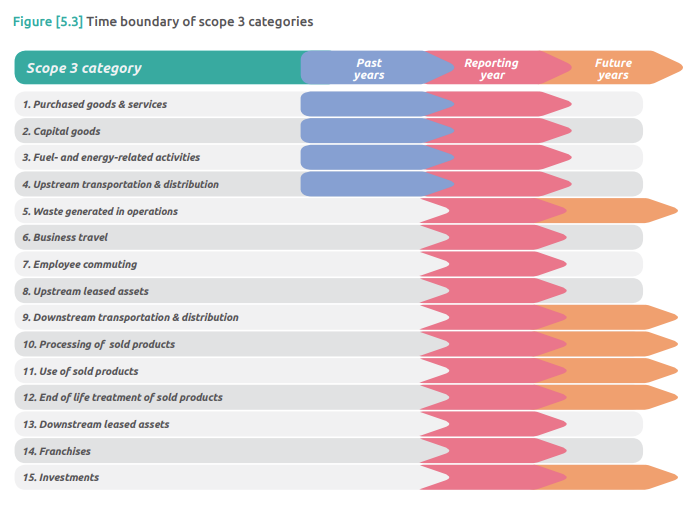
Time Boundaries of Scope 3 Categories. Source: GHG Protocol: Corporate Value Chain (Scope 3) Accounting and Reporting Standard
Not all categories can be reported in the same year. Business activities within the value chain occur continuously, and so do emissions. Some categories serve as a prerequisite for others, while some emissions are expected to occur in future years due to long-term business-related activities.
For more detailed information on how to standardize Scope 3 accounting and reporting, as well as how to calculate Scope 3 emissions, visit the GHG Protocol’s official website.
![]()
Compera provides a complete platform to easily request, register and report data on climate, environment, HSE, Governance and Human Rights.
